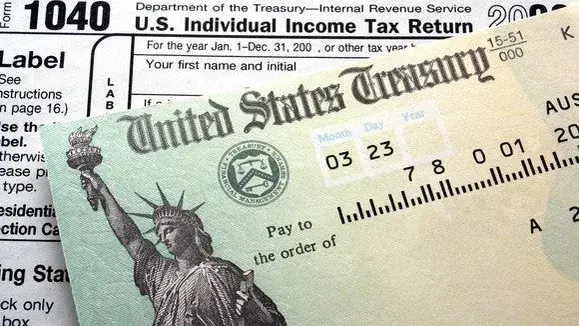How To Calculate The Depreciation On Rental Property - no Cost Segregation Study
- Dustin Heath

- Jan 2, 2024
- 3 min read

As a tax advisor working with real estate investors, one of the most common tax questions I receive is “How do I calculate the depreciation on rental property?” While performing a cost segregation study to accelerate depreciation is hugely beneficial (see my other article on this), many real estate investors still underestimate the deductions they can take by straight-line depreciation alone. In this article, I’ll overview the fundamentals of claiming depreciation on rental real estate, how to determine the depreciable basis, and tricks to maximize this powerful expense against your rental income.
What is Depreciation?
When you operate buildings or other assets to generate business income, you can deduct a portion of these costs every year on your tax return rather than deducting the full expense upfront. As a rental property owner, your buildings and assets like appliances, flooring, roofing, and heating systems decline in value from constant tenant usage and wear-and-tear over time.
Depreciation allows you to recover these costs over the IRS-determined “useful life” of each rental property component. By taking annual depreciation deductions, you shield rental income from taxes, improve your cash flow, and reduce your basis to minimize taxes when you eventually sell the property. The foundation of calculating your depreciation boils down to two key elements:
1. Your Depreciable Basis
2. Recovery Period of the Assets
Let’s look at how to determine these amounts...
How To Calculate Your Depreciable Basis
Your rental property’s depreciable basis is your original purchase price (or adjusted cost basis if you owned it previously) minus amounts allocated to non-depreciable assets like land.
Purchase Price: $350,000
Less: Value of Land $75,000
Depreciable Basis $275,000
This $275,000 depreciable basis is then divided over 27.5 or 39 years depending on the property type per the IRS “General Depreciation System”.
What Recovery Period Applies?
The recovery period dictates over how many years you can depreciate the assets. All residential rental buildings (like apartments, single-family rentals) fall under 27.5-year property. The depreciation taken in a given year is called the “Annual Depreciation Expense”.
Commercial property types like retail stores, offices, warehouses qualify for a shorter 39-year recovery. This means you can deduct slightly larger depreciation each year to recover costs faster.
How To Calculate Annual Depreciation Expense
Here is the simplified formula to calculate depreciation:
Annual Depreciation = (Depreciable Basis x Depreciation Rate) / Number of months in service
The depreciation rate is based on the recovery period:
27.5 Year = 3.636% per year
39 Year = 2.564% per year
Let’s see annual depreciation on a $275K apartment purchase in-service for the full year:
($275K Depreciable Basis x 3.636% Rate) / 12 Months = $8,318
As you acquire additional rental properties, you can calculate depreciation for each using the above formulas. If held in-service less than 12 months, you would prorate based on the number of months rented.
Strategies To Boost Depreciation Further
As a tax advisor, I guide real estate investors on several advanced tactics to increase depreciation write-offs:
1. Component Depreciation: Rather than depreciating buildings as a whole, break them into “components” like appliances, carpets, roof sections using shorter life classes. This accelerates recovery of costs.
2. Qualified Improvement Property: Capital upgrades after initial construction/acquisition made to interiors like replacing flooring, walls count towards 15-year property for faster depreciation.
3. Cost Seg Studies: As mentioned earlier, cost segregation engineering studies allow substantial portions of buildings/site costs to depreciate over 5, 7, or 15-years rather than 27.5 or 39 years.
Implementing these depreciation-maximization strategies takes professional guidance to ensure IRS compliance. But the tax incentives are worthwhile - allowing investors to defer $10Ks more in taxes annually.
The Bottom Line
Depreciating rental buildings over almost 30 years significantly offsets your taxable rental income each year. As your portfolio grows, calculating and deducting annual depreciation is crucial to make the most of available tax deductions. Partnering with a tax professional that stays updated on the latest IRS property rules ensures you receive optimal tax savings.
Interested in Learning More - Feel free to book an appointment on Calendly here.




Comments